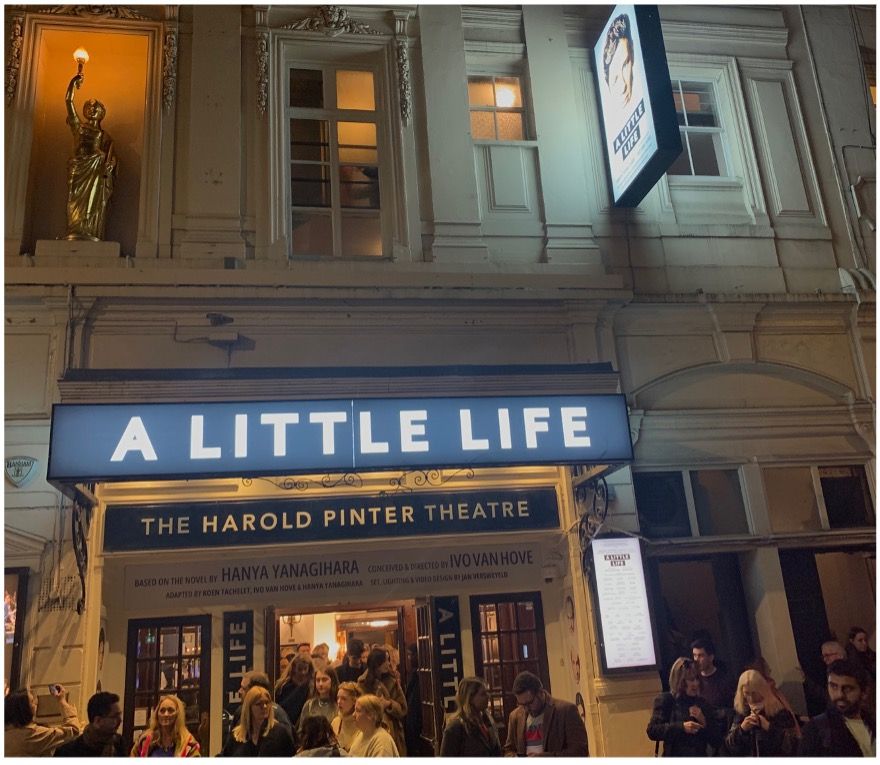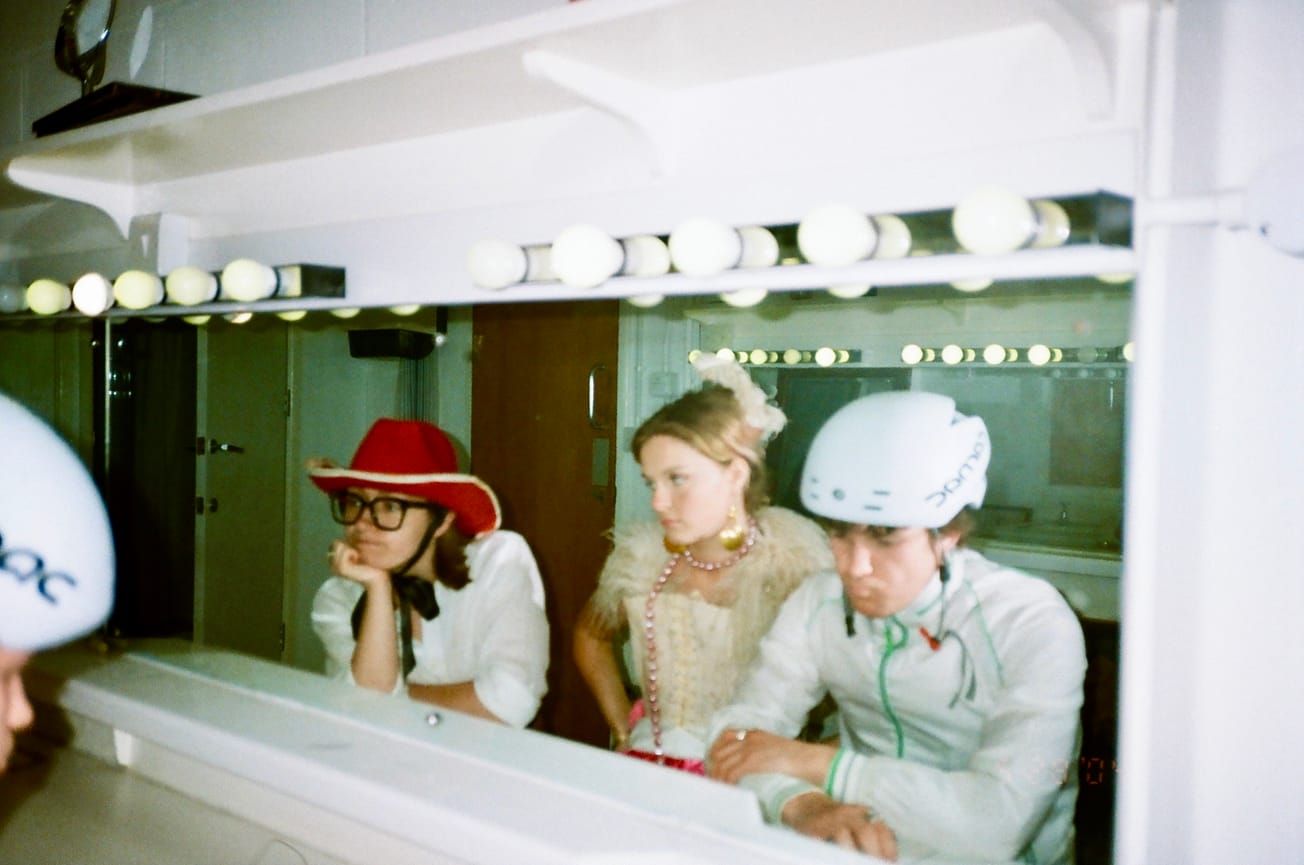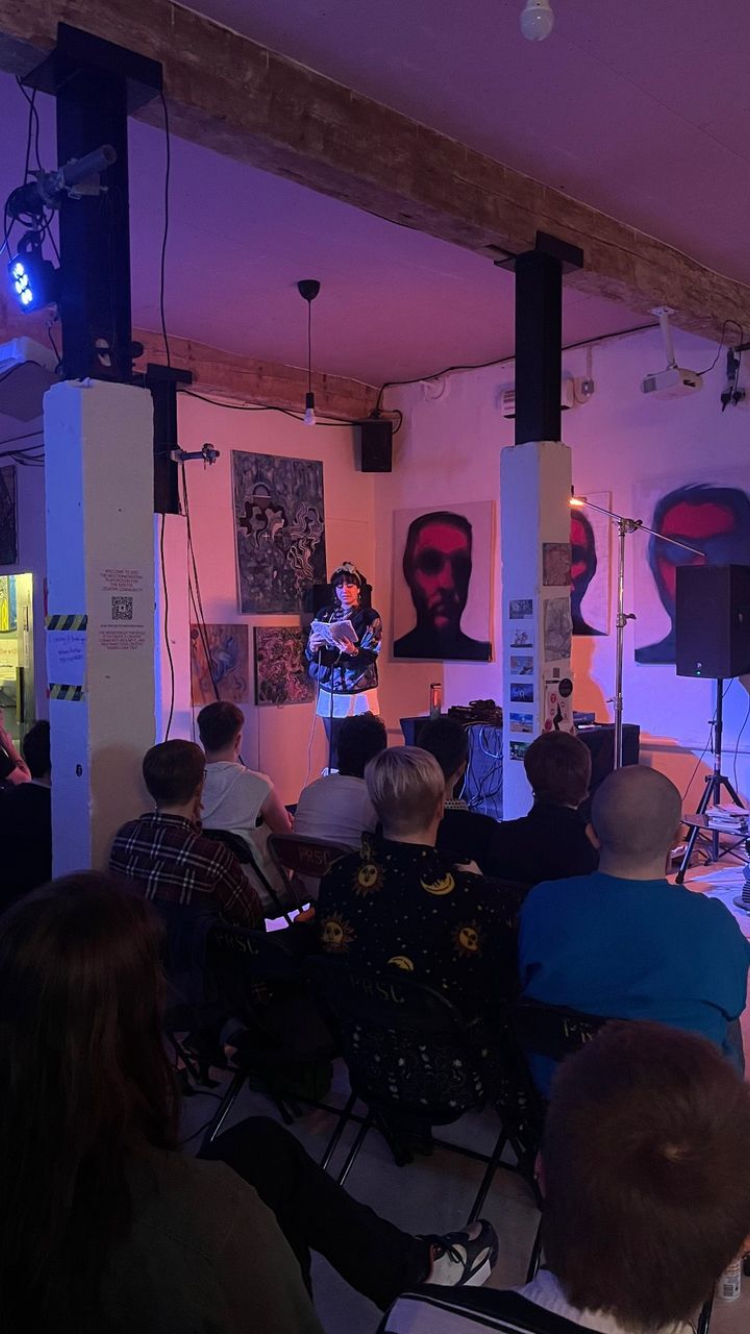By Ella Carroll, Arts Deputy Co-Editor
Following the recent release of Ivo van Hove’s visceral and bloody play adaption of the equally morbid novel A Little Life to cinemas around the UK, Bristol students have been flocking to their local Everyman to catch a screening. Student societies have even proposed trips to do so, but a good portion of these students might not realise the intensity of the play that they are lining up to watch.
Those who are familiar with Yanagihara’s loose baggy monster likely raised an eyebrow when a west-end stage adaption was announced. Not simply because of the book’s length, which I myself was hard pushed to imagine could be condensed into a mere couple of hours on stage, but also because of its graphic content, including rape, sexual assault, domestic abuse and more. My own memories of the novel are of it being an exhausting read, and while it is my favourite book and Yanagihara writes with reverence on a diverse range of topics, it is quite frankly, a traumatising read, and the play adaption certainly continues this legacy.
Around the time the play first premiered in London, I went alone to see it; as the novel was so special to me that I wanted a degree of privacy that I feared I might not obtain if I attended with a less enthused friend. The play was graphic and didn’t shy away from explicitly depicting any of the sensitive issues covered in the novel. The most vivid memory I have was of the middle-aged couple in front of me, clinging to each other and sobbing as the interval approached. I was shocked at seeing people my parents' age crying in such a public fashion and it was at this moment that I began to question what the purpose of all of this was. Why had I subjected myself to three and a half hours of stress?

But the play, in its total eighteen-week run, was incredibly popular and this, to me, is a testament to the fact that as humans, to a certain extent, we enjoy subjecting ourselves to art that distresses us. As much as we might not admit it, a lot of us like to wallow a bit. We listen to sad music when we are already feeling low, we watch sad movies and read sad books. There's a morbid part of us that perversely likes to feel low, and I think that part of us is why we sometimes want to subject ourselves to plays like Van Hove’s.
But to what extent is this healthy? Is it worthwhile to engage with something we know is only going to distress us? I think there is certainly something to be said about the catharsis we might experience from exposing ourselves to stress and trauma in a controlled setting. Aristotle suggested that one should feel purified and cleansed after watching tragedies on stage and thus subjecting ourselves to stress in a regulated environment might be, in a sense, purgative. Moreover, seeing one’s own mental struggles depicted authentically on stage might even be comforting for some.
If the traumatic media which we are engaging with is going past the line where it is controlled, however, it loses its impact. The play was subversive for this reason because it simply depended on an audience member's tolerance for gore and gloom.

If students think they can cope with the graphicness of the play, they might leave the theatre with a curious sense of catharsis, but if blood and vivid depictions of rape are too graphic for some (as they understandably might be), I might suggest avoiding attending a screening.
Featured image: Ella Carroll
To what extent do you like watching sad or stressful movies, plays or TV shows?









